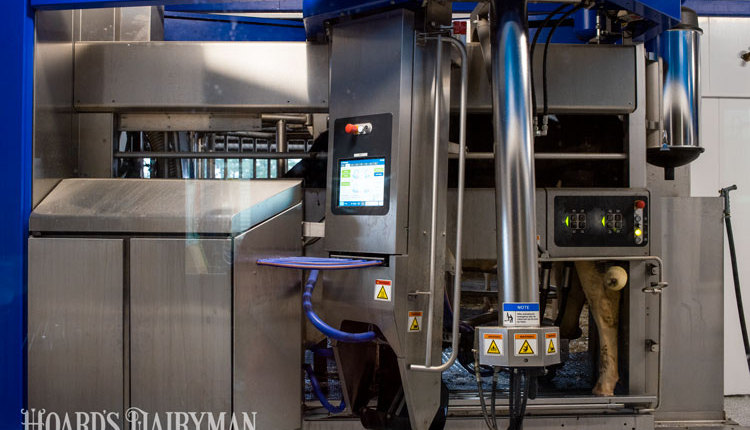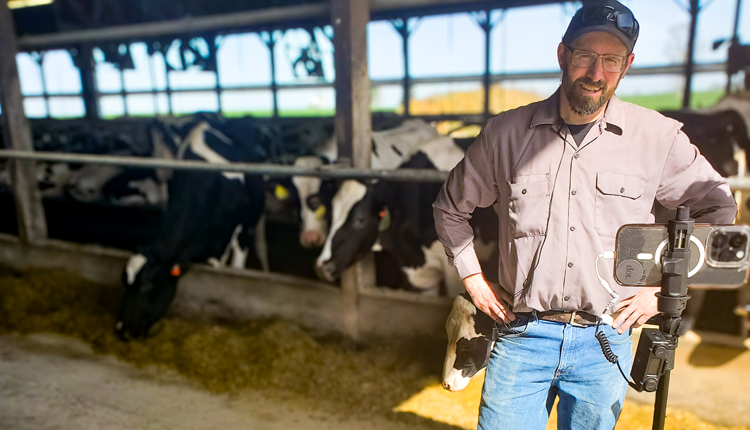 Farms operate on pennies and seconds. The pennies saved per head after a ration reformulation can equate to thousands of dollars over the course of a year. When seconds are cut from each turn of the parlor, more cows can be milked
Farms operate on pennies and seconds. The pennies saved per head after a ration reformulation can equate to thousands of dollars over the course of a year. When seconds are cut from each turn of the parlor, more cows can be milked At the National Mastitis Council's Regional Meeting, Rick Watters, Cornell University, encouraged producers to develop a thought process that challenges their current parlor efficiency standards.
"Milking center performance focuses around cows, people and equipment. Developing synergies between these three is key to improving performance," noted Watters, who works with the university's milk quality group.
To find the factors limiting performance, producers need to differentiate between what the parlor is currently achieving and what level of performance is possible. Doing so highlights efficiency bottlenecks.
To start, Watters recommends asking the following questions:
- How many cows do I want to milk?
- How many cows can I milk?
- How large of a parlor staff do I want to have?
- What form of milker training will take place?
- What type of milking routine will be used?
- What parameters will be measured to determine parlor efficiency?
"Often the hardest challenge is not making a change, but getting the milking team to buy into it," he added.
The herd (herd size, group size and parlor size) and individual cow differences (lactation number and stage of lactation) also impact parlor throughput. Simply having cleaner cows could add another turn to each shift, said Watters.
Cow throughput and nonmilking time, or when cows are standing idle, are major players in parlor efficiency. Producers should also look at their detacher settings. Very little time should be spent at milk flows below 2 pounds per minute. If that's the case, cows should be milked wetter, which reduces unit-on time.
Conducting a performance evaluation enables producers to achieve maximum cow throughput, maintain milk quality and evaluate what their most profitable milking process might be.

The author was an associate editor and is an animal science graduate of Cornell University. Smith covers feeding, milk quality and heads up the World Dairy Expo Supplement. She grew up on a Medina, N.Y., dairy, and interned at a 1,700-cow western New York dairy, a large New York calf and heifer farm, and studied in New Zealand for one semester.











